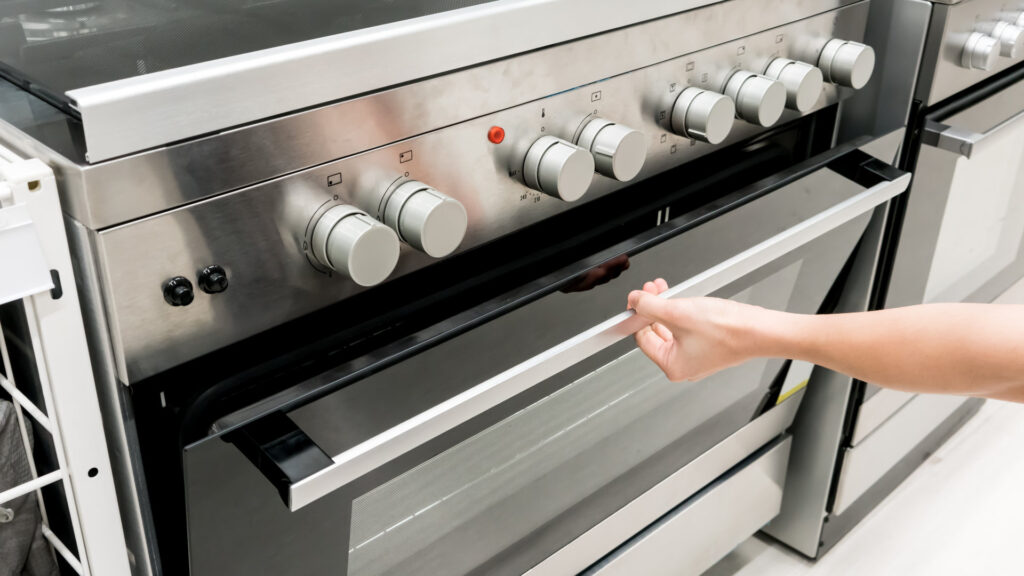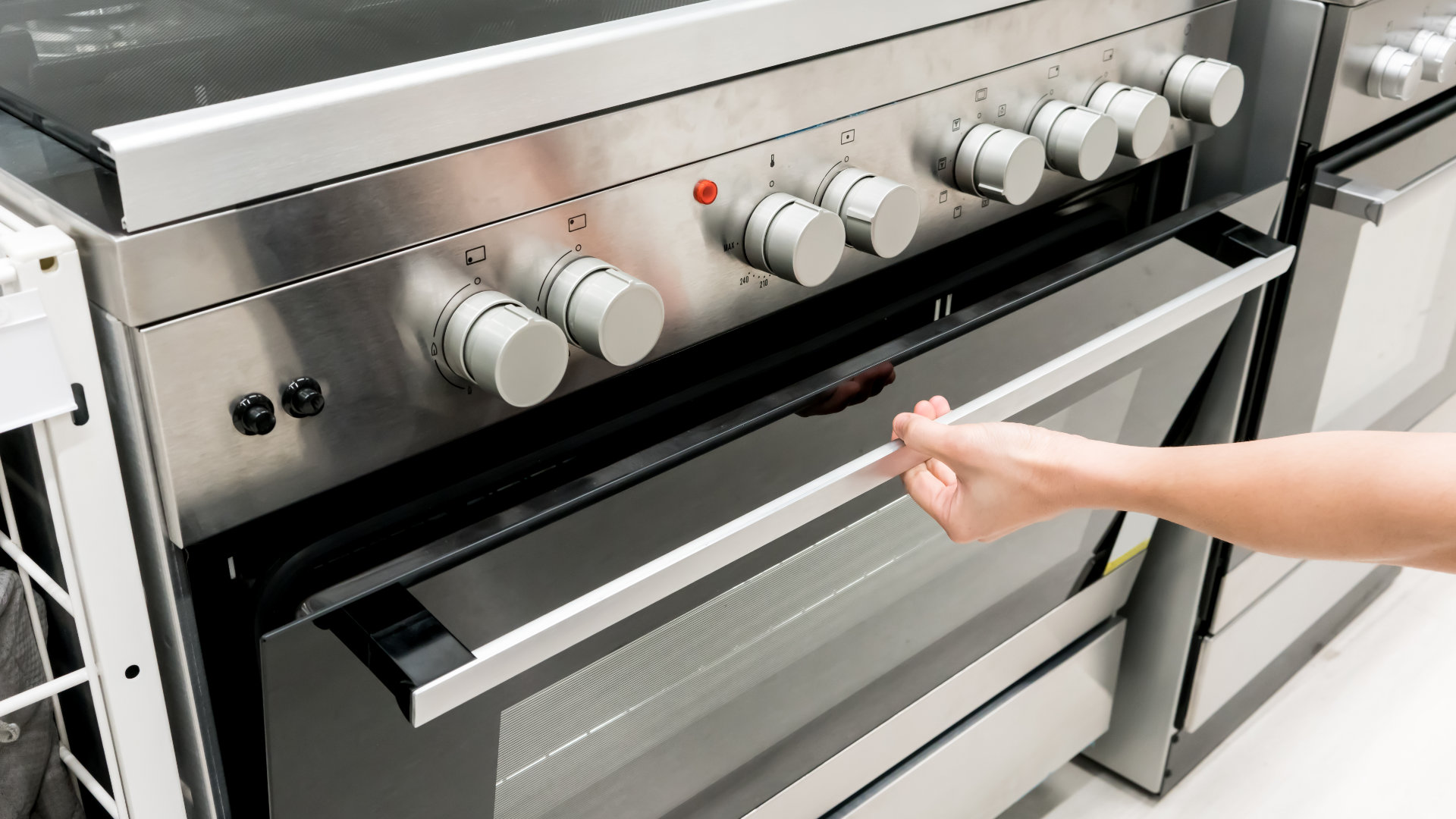
The Secret to Perfect Candy: Calibrating Your Thermometer
For generations, the allure of perfectly crafted candy has captivated palates worldwide. From the smooth, creamy texture of fudge to the satisfying snap of a brittle, the journey from simple ingredients to confectionary masterpieces is a testament to the delicate balance of science and art. Yet, the difference between a culinary triumph and a sticky, disappointing mess often hinges on one seemingly small detail: the accuracy of your thermometer. This article delves into the secret to perfect candy, revealing why calibrating your thermometer is not just a suggestion, but a crucial step in achieving candy-making success. We will explore the science behind candy making, the importance of temperature control, and, of course, how to ensure your thermometer is providing accurate readings.
The Science of Sugar: Understanding Candy Making
Candy making is essentially a controlled crystallization process. Sugar, in the form of sucrose, is dissolved in water and heated. As the mixture boils, water evaporates, increasing the sugar concentration and, crucially, raising the temperature. At specific temperatures, corresponding to specific sugar concentrations, various candy types are formed. This relationship is what makes temperature control paramount. The slightest variation can drastically alter the final product’s texture and consistency.
The process of making candy involves different stages, each defined by a specific temperature range. These stages, often described using terms like “soft ball,” “firm ball,” “soft crack,” and “hard crack,” refer to how the sugar behaves when dropped into cold water. These stages are directly linked to the water content and sugar concentration, both of which are dictated by temperature. Therefore, if your thermometer is inaccurate, you may be aiming for the “soft ball” stage, but your sugar mixture may be reaching the “firm ball” stage, resulting in a candy that is too hard.
Why Temperature Matters: The Key to Candy Consistency
The temperature of the sugar syrup dictates the final water content, which determines the texture of the candy. Each stage, from the initial dissolving of sugar to the final cooling, requires precise temperature control. Here’s a brief overview of some common candy stages:
- Thread Stage (230-235°F/110-113°C): The syrup forms thin threads when dropped into cold water, ideal for syrups and fondants.
- Soft Ball Stage (235-240°F/113-116°C): The syrup forms a soft, pliable ball when dropped into cold water, perfect for caramels and fudge.
- Firm Ball Stage (245-250°F/118-121°C): The syrup forms a firm ball that holds its shape, suitable for nougats and marshmallows.
- Soft Crack Stage (270-290°F/132-143°C): The syrup separates into threads that are hard but still pliable, used for taffy and toffee.
- Hard Crack Stage (300-310°F/149-154°C): The syrup separates into hard, brittle threads, essential for brittles and hard candies.
As you can see, a few degrees can make a world of difference. Without precise temperature monitoring, you’re essentially guessing, leaving the consistency of your candy to chance. This is why calibrating your thermometer is so essential.
The Problem with Inaccurate Thermometers
Many factors can affect a thermometer’s accuracy. Over time, digital thermometers can drift slightly from their original calibration. Glass thermometers can be damaged or suffer from inaccurate readings due to manufacturing variations. The environment, including altitude, can also subtly influence readings. An inaccurate thermometer can lead to:
- Undercooked Candy: If your thermometer reads too low, you might remove the candy from the heat before it reaches the proper stage, resulting in a soft, sticky, or even liquid product.
- Overcooked Candy: Conversely, if your thermometer reads too high, the candy could cook past the desired stage, becoming hard, brittle, or even burnt.
- Inconsistent Results: Even if your candy is edible, variations in temperature readings will lead to inconsistent results each time you make a recipe.
Without knowing the exact temperature of your candy, it is impossible to replicate the exact recipe that you are making. This can be extremely frustrating for any aspiring candymaker.
The Importance of Calibrating Your Thermometer
Calibrating your thermometer is a simple yet crucial step in ensuring accurate temperature readings. It involves comparing your thermometer’s reading to a known standard to identify and correct any discrepancies. There are several methods you can use to calibrate your thermometer, each with its own advantages.
How to Calibrate Your Thermometer: The Ice Water Method
The ice water method is a straightforward and reliable way to calibrate your thermometer. Here’s how to do it:
- Prepare the Ice Water: Fill a glass with ice and add cold water. Let it sit for a few minutes to allow the water to cool to 32°F (0°C). Make sure the ice is fully submerged.
- Insert the Thermometer: Insert the thermometer stem or probe into the ice water, ensuring it doesn’t touch the bottom or sides of the glass.
- Observe the Reading: Wait for the thermometer reading to stabilize. This may take a minute or two.
- Adjust if Necessary: A properly calibrated thermometer should read 32°F (0°C). If it reads differently, note the difference. For example, if it reads 34°F (1°C), your thermometer is off by +2°F (+1°C). Adjust your candy-making recipes accordingly.
- Make the Adjustment (if possible): Some digital thermometers have a calibration setting. Consult your thermometer’s manual for instructions on how to adjust the reading. For glass thermometers, you may need to make a note of the offset and compensate for it during the candy-making process.
The ice water method provides a quick and easy way to check and calibrate your thermometer. It’s a good practice to perform this check before each candy-making session.
How to Calibrate Your Thermometer: The Boiling Water Method
The boiling water method is another reliable way to calibrate your thermometer. However, this method is more sensitive to altitude, so you must account for the boiling point of water at your elevation. Here’s how to do it:
- Boil the Water: Fill a pot with water and bring it to a rolling boil.
- Insert the Thermometer: Place the thermometer stem or probe into the boiling water, ensuring it doesn’t touch the bottom of the pot.
- Observe the Reading: Wait for the thermometer reading to stabilize. The boiling point of water at sea level is 212°F (100°C). However, at higher altitudes, the boiling point is lower. For example, at 5,000 feet above sea level, the boiling point is approximately 203°F (95°C).
- Adjust if Necessary: Compare the thermometer reading to the expected boiling point for your altitude. If it differs, note the difference. For example, if you are at sea level and your thermometer reads 215°F (101.7°C), your thermometer is off by +3°F (+1.7°C). Adjust your candy-making recipes accordingly.
- Make the Adjustment (if possible): As with the ice water method, some digital thermometers have a calibration setting that you can use to correct any errors. For glass thermometers, make a note of the offset and compensate for it during the candy-making process.
The boiling water method is a good way to test your thermometer’s accuracy, but be sure to account for your altitude when making any adjustments. This method is not recommended if you are not familiar with the effects of altitude on the boiling point of water.
Choosing the Right Thermometer for Candy Making
The type of thermometer you use can also affect the accuracy of your measurements. There are several options available, each with its own pros and cons.
- Candy Thermometers: These are specifically designed for candy making, with a wide temperature range and easy-to-read markings for the various candy stages. They often have a clip to attach them to the side of your pot.
- Digital Thermometers: These offer precise digital readouts, making it easy to monitor the temperature. Many have probes that can be left in the sugar syrup for continuous monitoring. Look for models with a wide temperature range and a calibration feature.
- Instant-Read Thermometers: These are useful for spot-checking temperatures, but may not be ideal for continuous monitoring.
- Infrared Thermometers: While useful for measuring the surface temperature of various items, they are generally not recommended for candy making, as they measure the surface temperature of the syrup and not the internal temperature.
Regardless of the type of thermometer you choose, make sure it is designed for high temperatures and is easy to read. For the best results, always calibrate your thermometer before each candy-making session.
Tips for Perfect Candy Every Time
Beyond calibrating your thermometer, here are some additional tips for achieving perfect candy:
- Use a Heavy-Bottomed Pot: This helps distribute heat evenly and prevents scorching.
- Stir Consistently: Stir the sugar syrup gently but continuously to prevent crystallization.
- Avoid Crystalization: Wipe down the sides of the pot with a wet pastry brush to remove any sugar crystals.
- Measure Ingredients Accurately: Use a kitchen scale for precise measurements of sugar, water, and other ingredients.
- Work in a Humid-Free Environment: Humidity can affect the crystallization process.
- Cool Candy Properly: Allow candy to cool undisturbed to achieve the desired texture.
By following these tips, along with calibrating your thermometer, you will be well on your way to creating delicious, professional-quality candy.
Troubleshooting Common Candy Problems
Even with careful preparation, candy-making can sometimes present challenges. Here are some common issues and how to address them:
- Candy is too soft: This usually indicates that the syrup did not reach the correct temperature. Check your thermometer’s calibration and try again.
- Candy is too hard: This suggests the syrup was cooked to a higher temperature than required. Again, verify your thermometer’s accuracy.
- Candy is grainy: This is often caused by premature crystallization. Make sure all sugar crystals are dissolved before cooking and avoid stirring the syrup too much.
- Candy is cloudy: This can result from impurities in the sugar or from improper cooling. Ensure your ingredients are high-quality and let the candy cool undisturbed.
Remember that making candy takes practice. Don’t be discouraged if your first attempts aren’t perfect. Continue to check your thermometer, refine your technique, and adjust your recipes as needed. The more you practice, the better you will become at understanding the nuances of sugar and temperature control.
Conclusion: Mastering the Art of Candy Making
The secret to perfect candy lies in understanding the science behind the process and meticulously controlling the variables. While many factors contribute to success, the accuracy of your thermometer is paramount. By taking the time to calibrate your thermometer, you’re investing in consistent, delicious results. It is a small step that can make a huge difference, transforming your candy-making endeavors from a frustrating gamble to a rewarding culinary experience. So, embrace the science, master the art, and enjoy the sweet rewards of perfectly crafted candy.
From the initial stages of dissolving the sugar to the final steps of cooling and shaping, every detail matters. Proper temperature control, thanks to your calibrated thermometer, ensures the perfect texture and consistency. By understanding the importance of temperature and regularly calibrating your thermometer, you’ll be well on your way to creating candies that are not only beautiful but also incredibly delicious.
Whether you’re a seasoned confectioner or a novice cook, the principles of candy making remain the same. The careful attention to detail, the precise measurements, and, above all, the accurate temperature readings are the keys to unlocking the secrets of this delightful craft. So, grab your favorite recipe, gather your ingredients, and remember to calibrate your thermometer. The perfect candy awaits!
[See also: Related Article Titles]


